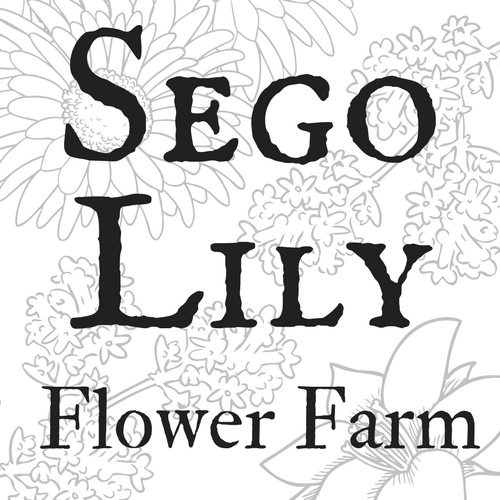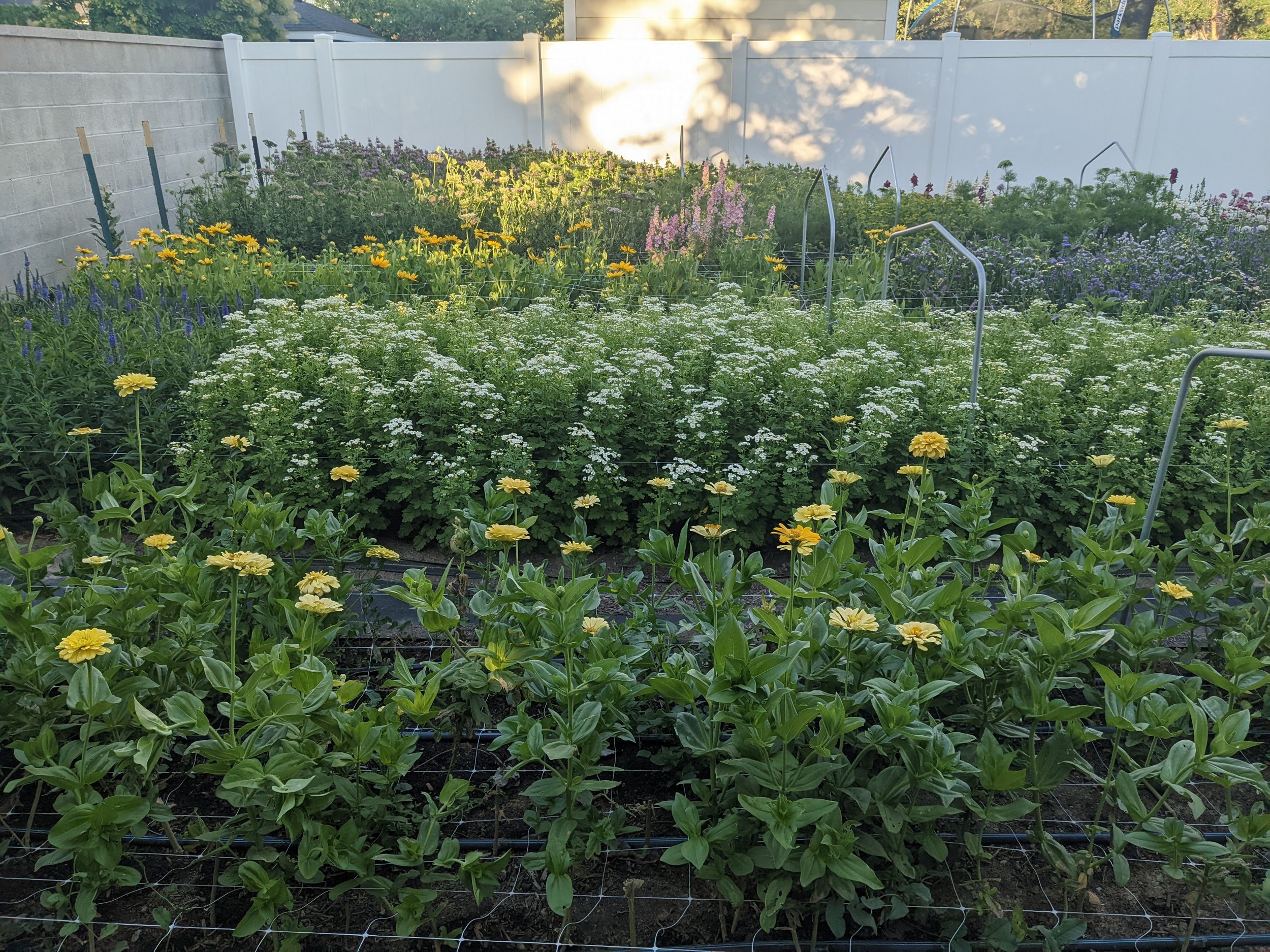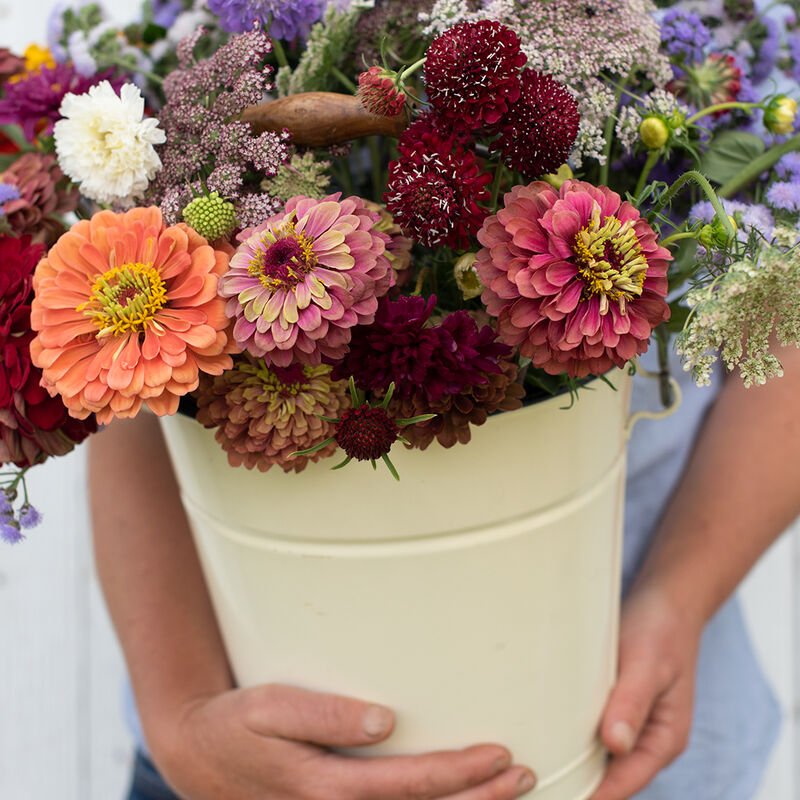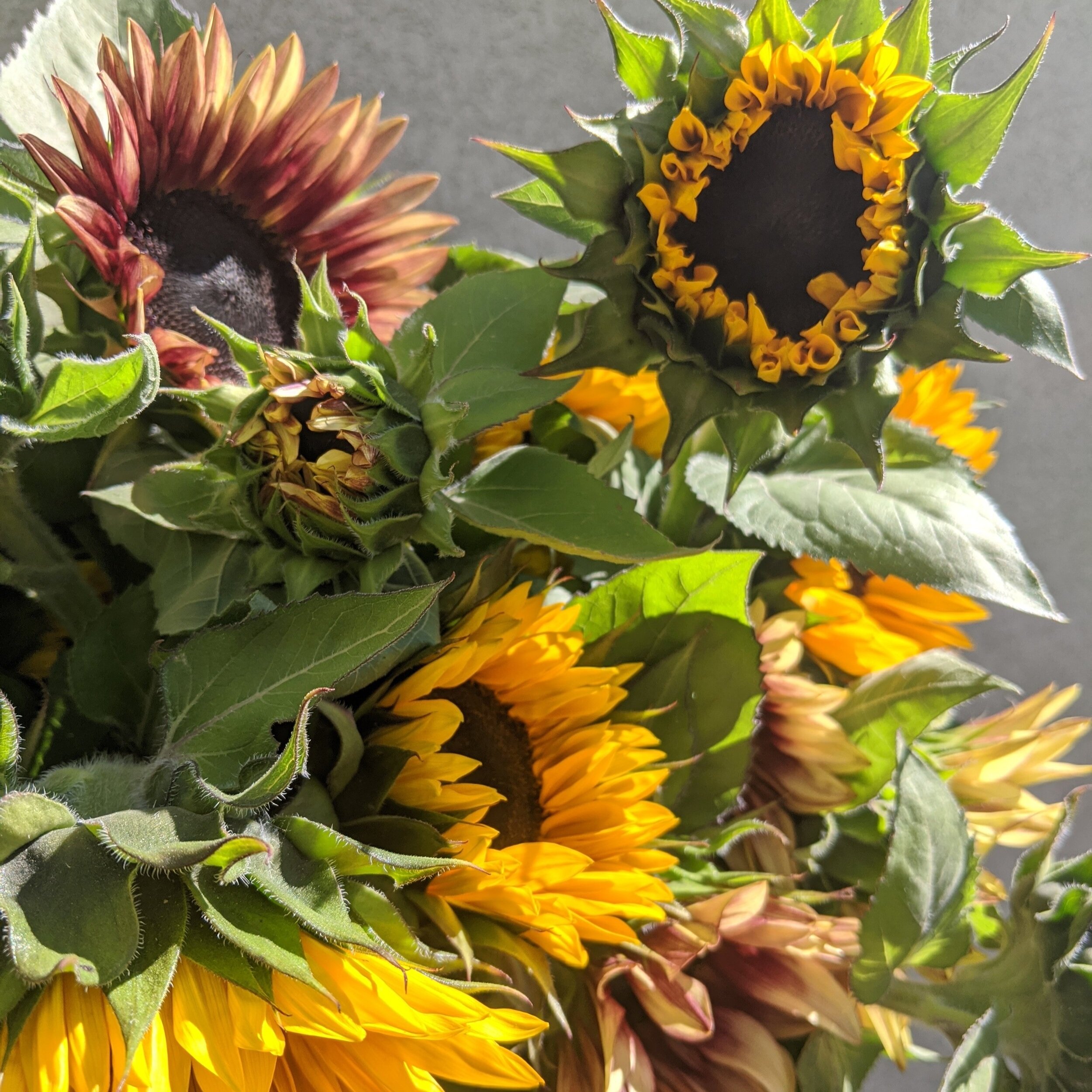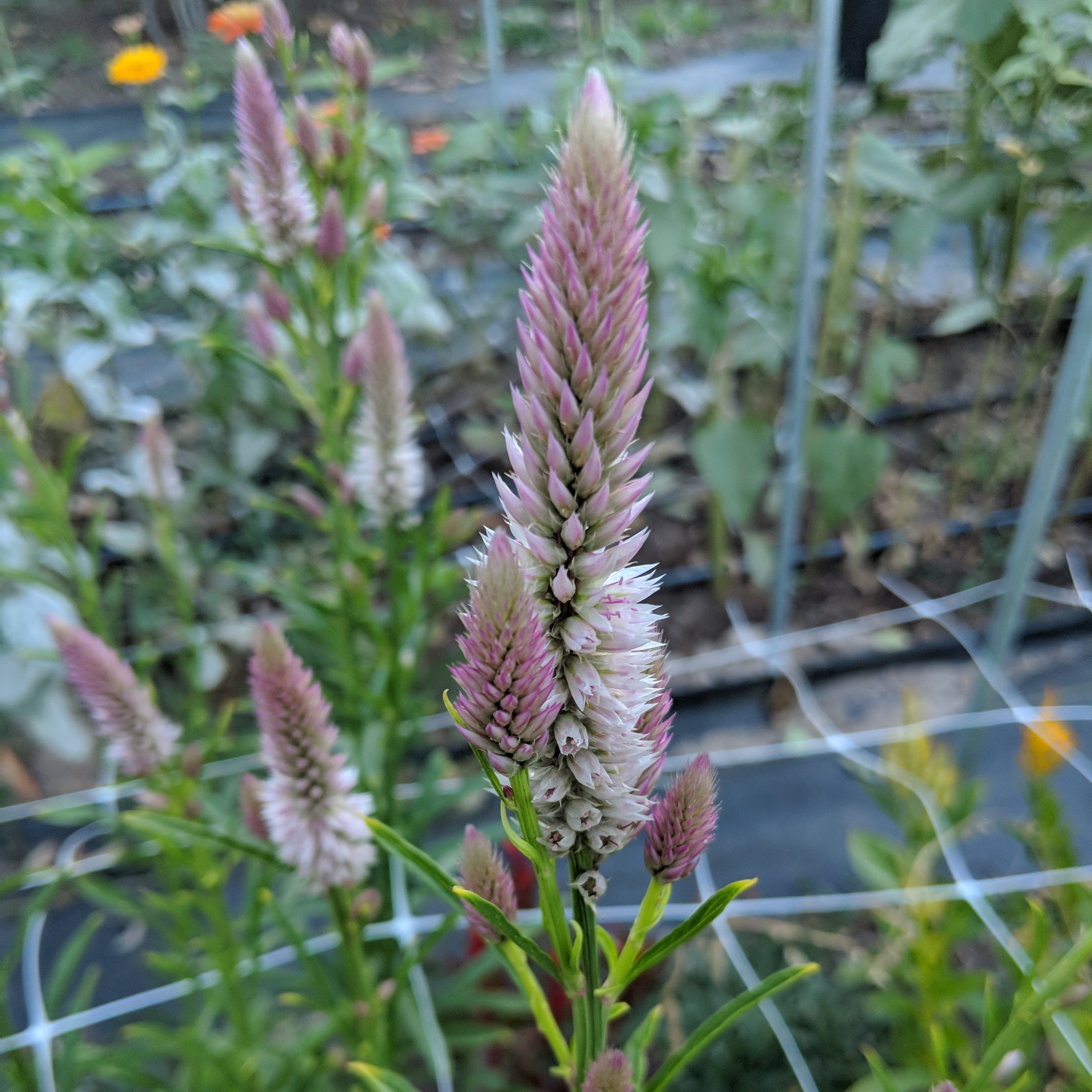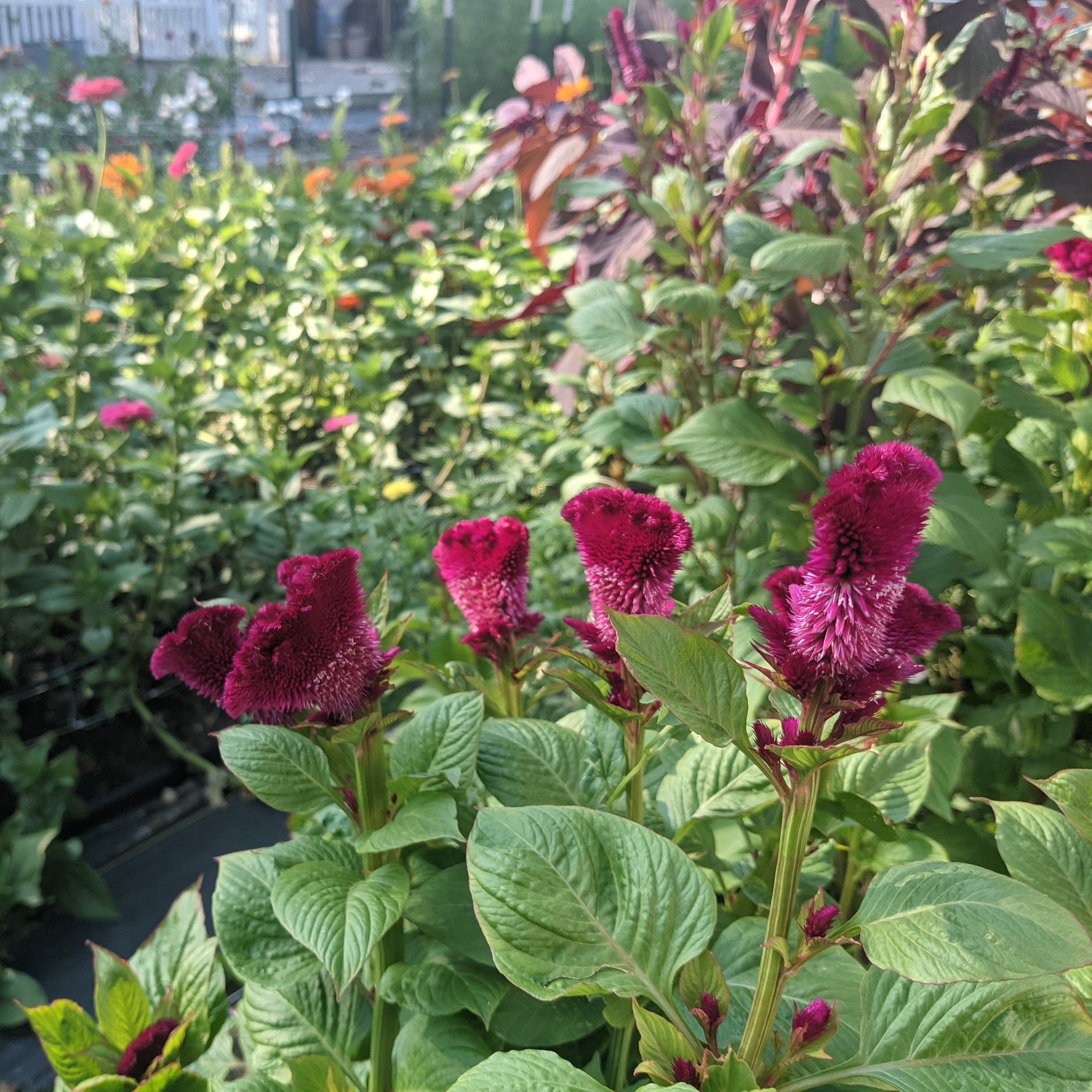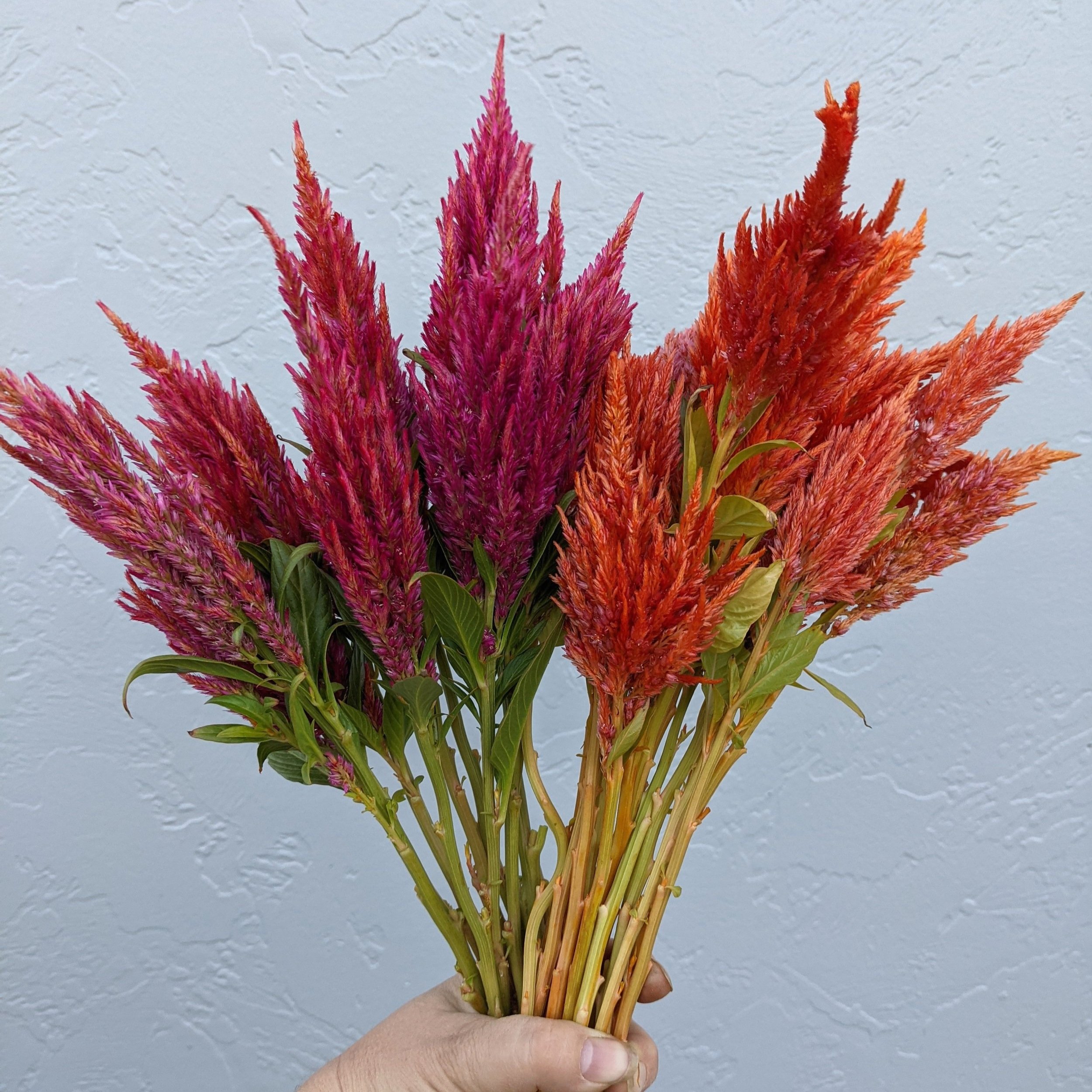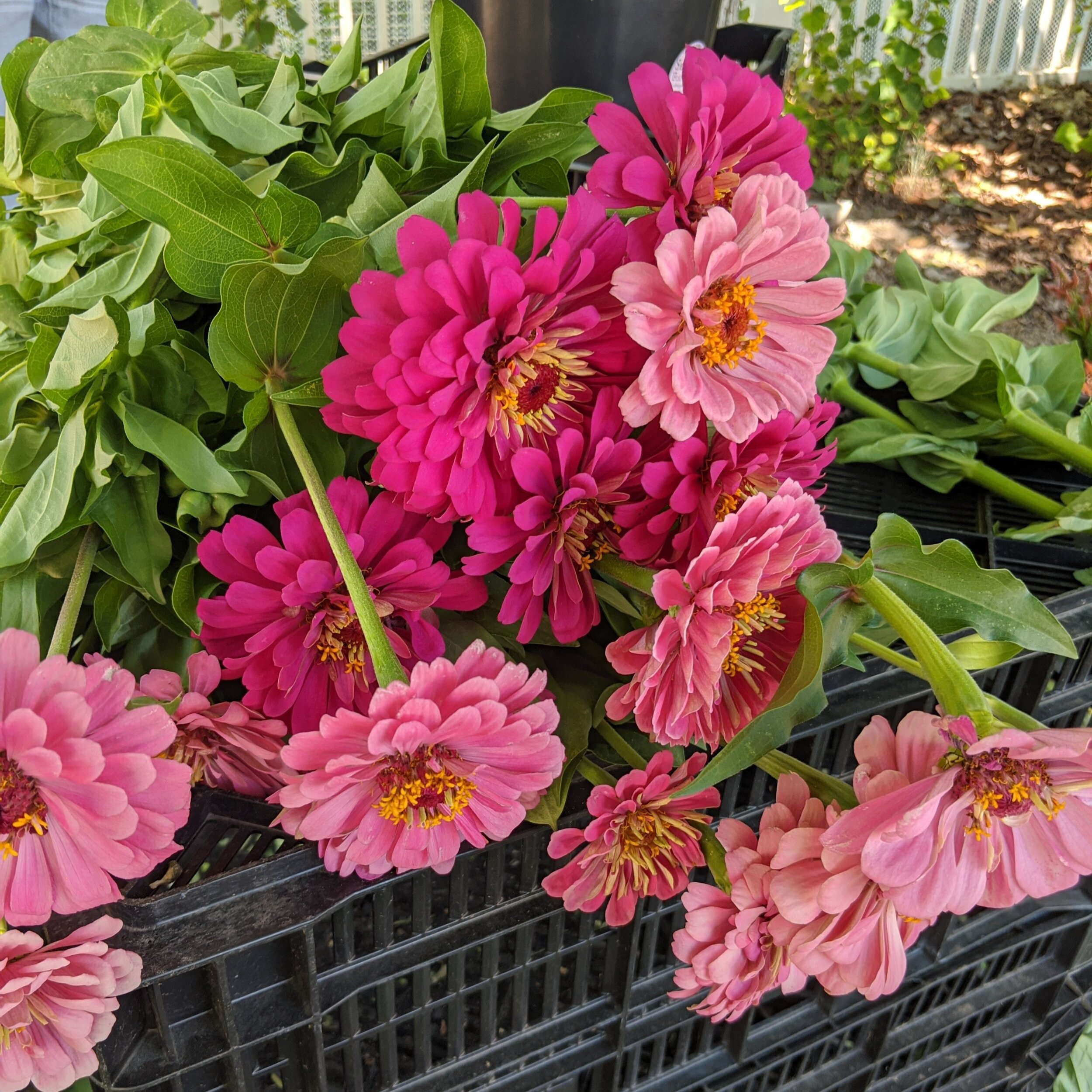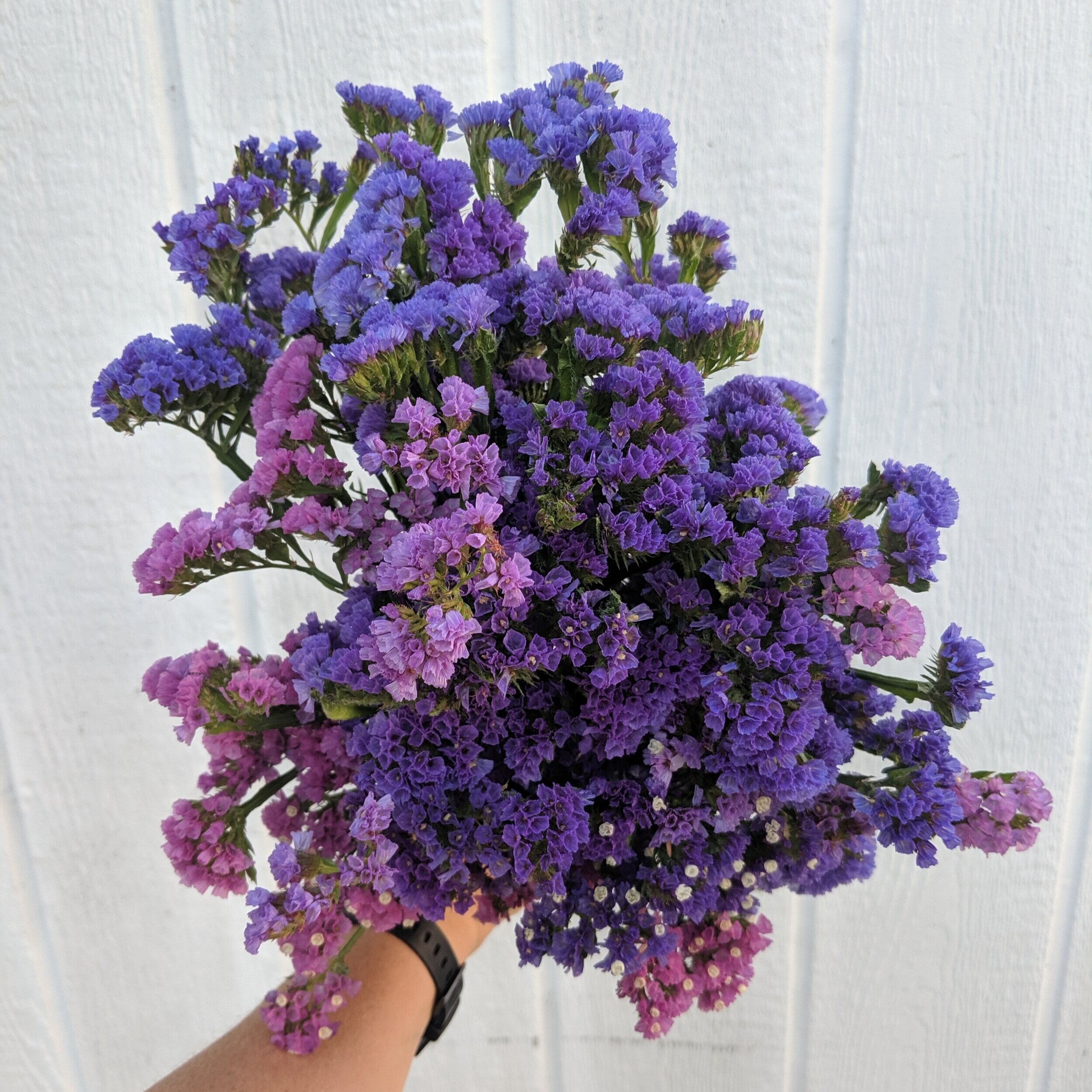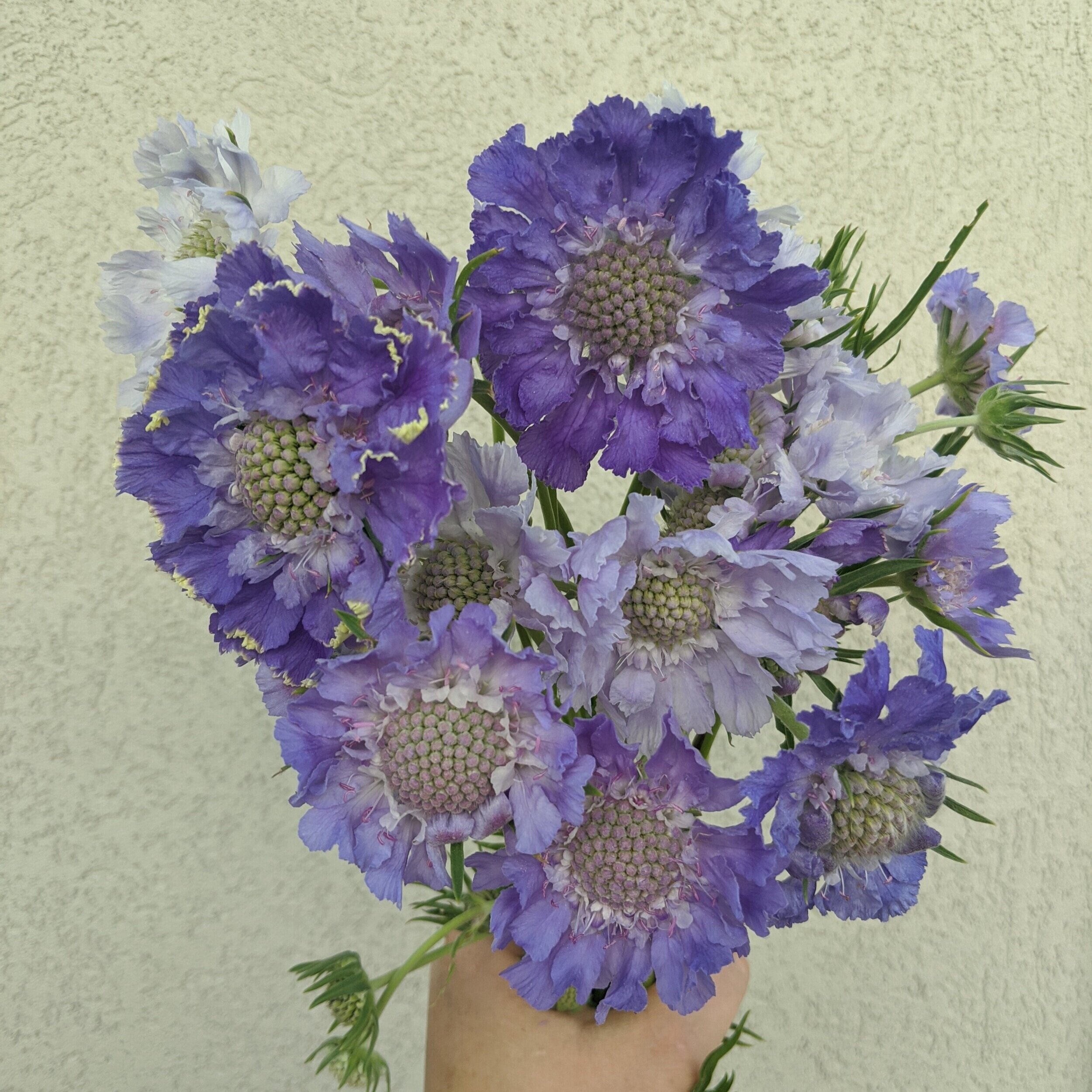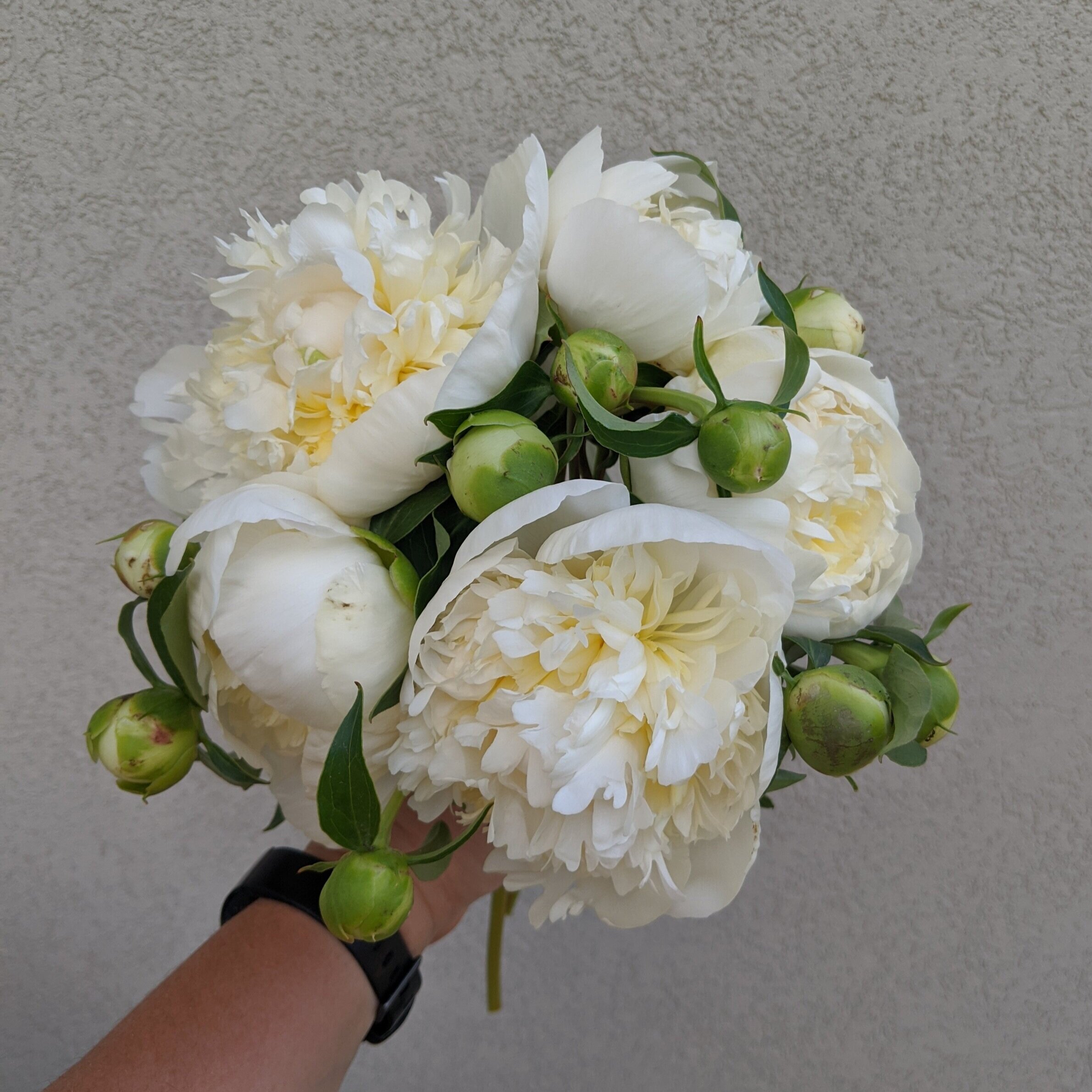April is when things really start to get fun in the garden! This month we should see some of the first real cut flowers in bloom. Here's a list of some of the things I do in April in my zone 7A Cut flower garden. If there's something I've missed, please feel free to add your thoughts in the comments below.
Tulips from the Sego Lily Flower Farm Spring Subscription
Outside-
WEED! This really should have been at the top of the list last month. The better you are at getting to the weeds in the spring, the less weeds you'll have later in the summer. Get them while they're small and before they go to seed. I love hoes like this to help me get to the small weeds quickly.
Add mulch to your garden beds. Small annual additions of organic matter can help you improve your soil and suppress weeds. Don't go crazy, one to two inches is great.
Plan a day just for irrigation. Make sure all your new plants have drip irrigation to them and that your existing drip lines and sprinklers are working as they should. I flag broken lines and other issues with landscape flags when I come across them as I clean up my beds in the spring. That way I don’t waste time looking for that drip line I know I accidentally cut. (I know I’m not the only one that does this, right?)
Disbud your young peonies. If you have peony plants that are in their first two years of growing, you can help them channel more growth into their roots by disbudding. With your thumb and your forefinger simply snap off the small new buds. I tried to do this when the buds are pea size or smaller. This will let your plant focus on growing more roots and become a stronger, bigger plant sooner.
Plant out your cool season annuals. If you planted in March, this is a great time for a succession or for your first round of cool season Hardy annuals. I love to plant my lisianthus at the very beginning of April. Other things I'll be planting this month- snapdragons, scabiosa, rudbeckia, feverfew, statice, digitalis and more.
Plant some raspberries. They love to be planted when it's still a little cool. Check out this blog post for some inspiration!
This is a great time to plant perennials and shrubs. It gives them some time to get established before our hot weather kicks in.
Water your tulips if we don't get enough natural precipitation. You can check moisture levels by sticking your finger in the ground.
Disbudding new peonies
Indoors-
It's finally time! Break out those warm season seeds and get sowing! You will still want to wait till after the last frost date to do any direct sowing though.
Wash your buckets. If you are going to have some tulips, daffodils or hellebores blooming, make sure you're harvesting into clean buckets. Clean buckets are the key to long vase life.
If you haven't already, start keeping notes in a garden journal. Write down when things bloom, when you spray if you spray, which tulip varieties were your favorites, and so on. Your future self will thank you.
Seeds to Start-
Direct sown flowers- Ammi, agrostemma, larkspur, nigella, bells of Ireland, bachelor buttons, bupleurum, scabiosa, baby's breath, cosmos, sunflowers(towards the end of the month)
Indoors- celosia, zinnias, nicandra, basil, gomphrena, ageratum, china asters, dahlia seeds, amaranth, marigolds, cosmos
Direct sown vegetables- peas, carrots, lettuce, spinach, chard, kale, radish, turnips
Indoors- tomatoes early in the month, melons, cucumber and squashes later in the month.
Plant out these vegetables- broccoli, cauliflower, kale, cabbage
Happy gardening in April! See you with a new list in May.
